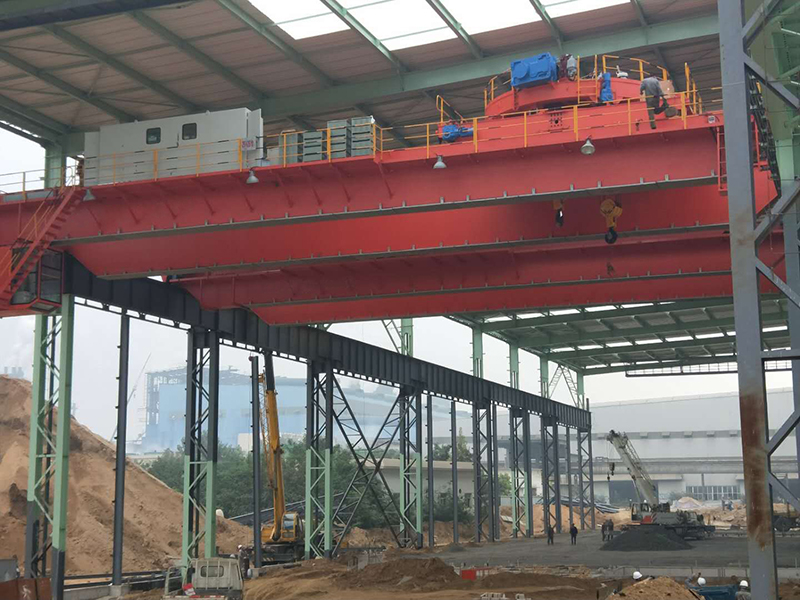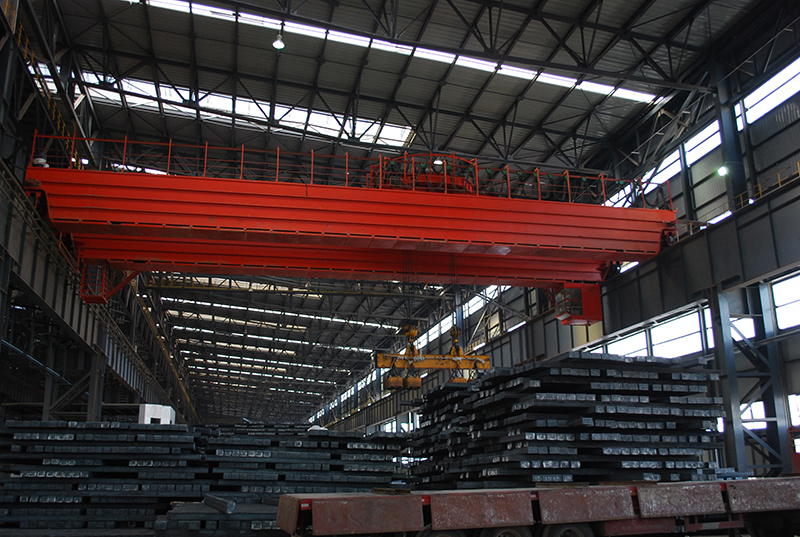Reducing the cost of a 40 ton overhead crane without compromising on quality or safety requires careful consideration and strategic planning. While it’s essential to invest in a reliable and efficient crane system, there are several strategies and approaches that businesses can implement to cut down on overhead crane costs. Let’s delve into some effective methods to achieve a more budget-friendly yet high-performing 40 ton overhead crane solution.

Define Project Requirements
Before starting the procurement process, clearly define the specific requirements and functionalities needed for the overhead crane. Determine factors such as lifting capacity, span length, lifting height, duty cycle, operating environment, and safety features. A detailed understanding of these requirements will help in selecting the most cost-effective crane configuration tailored to your operational needs.
Explore Standardized Designs
Consider opting for standardized or pre-engineered overhead crane designs offered by reputable manufacturers. Standardized designs often come with cost advantages as they utilize common components, standardized manufacturing processes, and streamlined production workflows. These cranes are typically more affordable than custom-designed solutions and can still meet the majority of industrial lifting requirements.
Compare Multiple Suppliers
Conduct thorough market research and obtain quotations from multiple overhead crane suppliers. Compare pricing structures, product specifications, warranties, and after-sales support services offered by different suppliers. Look for reputable suppliers with a proven track record of delivering high-quality and reliable crane solutions at competitive prices.
Negotiate Price and Terms
Engage in negotiations with potential crane suppliers to secure favorable pricing and payment terms. Discuss volume discounts, package deals, or special promotions that may be available. Be open to negotiating terms such as payment schedules, delivery timelines, warranty coverage, and service agreements to optimize cost-effectiveness without compromising on quality.

Consider Refurbished or Used Cranes
Evaluate the feasibility of purchasing refurbished or used overhead cranes from reputable suppliers or certified resellers. Refurbished cranes undergo thorough inspections, repairs, and upgrades to ensure they meet industry standards and performance requirements. Purchasing a refurbished crane can significantly reduce upfront costs while still providing reliable lifting capabilities.
Optimize Crane Configuration
Work closely with crane engineers and experts to optimize the crane configuration for cost efficiency. Consider factors such as reducing unnecessary features or functionalities, selecting efficient hoisting mechanisms, minimizing structural complexities, and optimizing component sizing to achieve optimal performance at a lower cost.
Explore Financing Options
Investigate financing options and leasing arrangements offered by crane suppliers or financial institutions. Leasing or financing the heavy duty overhead crane can help spread out the cost over time and alleviate immediate financial burdens. Compare interest rates, repayment terms, and flexibility of financing options to choose the most cost-effective solution.
Invest in Preventive Maintenance
While focusing on upfront cost reduction, prioritize long-term cost savings by investing in preventive maintenance programs. Regular maintenance, inspections, and proactive repairs can extend the lifespan of the overhead crane, minimize downtime, reduce repair costs, and enhance operational safety and efficiency over time.
Training and Operator Efficiency
Provide comprehensive training programs for crane operators and maintenance personnel to optimize crane utilization, minimize operator errors, and enhance overall operational efficiency. Well-trained operators can operate the crane more efficiently, reducing unnecessary downtime and maintenance costs associated with improper use or handling.
Continuous Improvement and Feedback
Foster a culture of continuous improvement by soliciting feedback from crane operators, maintenance teams, and other stakeholders. Identify opportunities for efficiency gains, cost savings, and performance enhancements through regular assessments, audits, and feedback mechanisms. Implementing feedback-driven improvements can lead to ongoing cost reductions and operational enhancements.
By implementing these strategies and best practices, businesses can effectively reduce the overall 40 ton overhead crane price while ensuring reliable performance, safety compliance, and operational efficiency. Balancing cost considerations with quality, reliability, and long-term value is key to achieving a cost-effective and high-performing overhead crane solution tailored to specific industrial lifting needs.